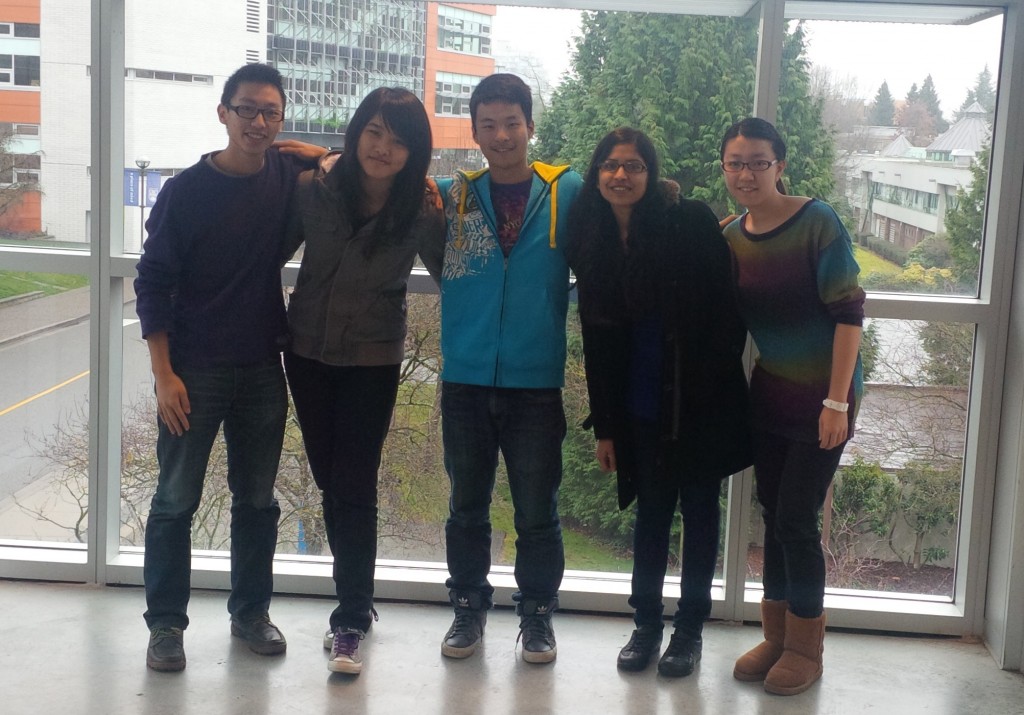The 3 main scopes of the NSEMO project we are helping with are sourcing commodities, development of transportation routes, and distribution of emergency supplied to impacted population. Sourcing of commodities involves forming a coalition between the public and private sector for sourcing, logistics, and supply chain management. The Integrated Network for Emergency Transportation (iNET) is part of the proposed plan to develop a transportation system in order to minimize delay and disruption in British Columbia’s just-in-time delivery of supplies. The third aspect of the plan is to implement the Community point of distributions (CPOD) to distribute life-sustaining commodities at the community level.
We had a group meeting to specify the aspects of the project we want to undertake. From the presentation by our client, we had an overview of the characteristics of mustor zones and saw features of the muster zones that are in the North Shore area. Muster zones are where multiple modes of transportation converge and where supplies are received. Muster zones are inlcuded in areas such as Cates Park, Ambleside Park, and Horseshoe Bay. We have discussed within our group about undertaking the assessment of two of the muster zones. We will be reporting on the evaluations and offering recommendations to NSEMO. We would also like to undertake the community resource distribution program with consultation with our client.
We will keep reviewing the provided project documents to help us create a general framework of how we want to develop the distribution system. The maps provided will allow us to familiarize ourselves with the features of the muster zones we want to evaluate. The next meeting with the client will be either on Thursday Feb. 21st or Friday Feb. 22nd, where we will be discussing our ideas so far and taking guidelines.


